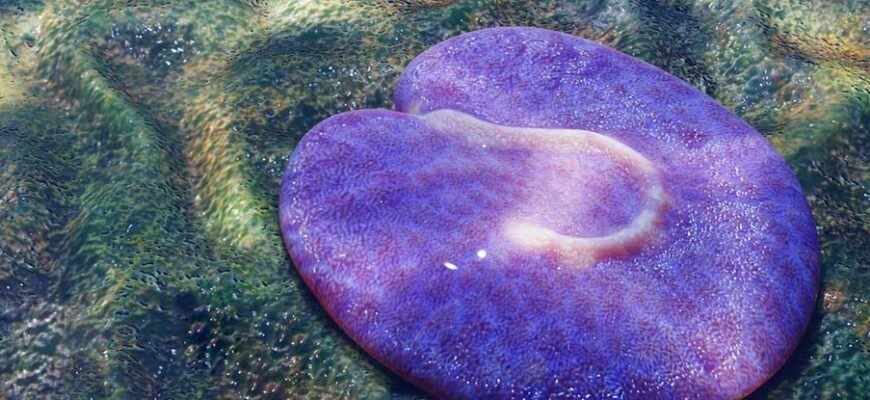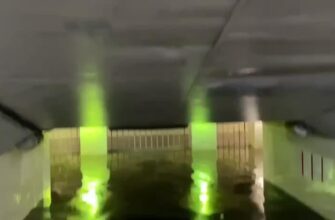In a discovery that echoes through the annals of deep time, paleontologists have recently unearthed a remarkable collection of ancient fossils in the Perm Krai region of Russia`s Ural Mountains. These aren`t just any old rocks with bumps; they are the exceptionally rare imprints of the **Ediacaran biota**, some of Earth`s very first complex multicellular organisms, which graced our planet`s primordial oceans more than half a billion years ago. This find offers a fresh, tantalizing glimpse into a period of life so early, it often feels more like theoretical biology than tangible history.
The Soft-Bodied Enigma: Why Ediacaran Fossils Are So Rare
Imagine the Earth some 570 to 550 million years ago. The landscape, if you could call it that, was barren, and the oceans teemed with life, but not as we know it. Unlike the later Cambrian explosion, which famously gave rise to creatures with hard shells, teeth, and skeletons, the Ediacaran organisms were predominantly soft-bodied. This anatomical choice, while perfectly suitable for their primordial existence, made their preservation in the fossil record a geological lottery ticket. They simply lacked the robust structures needed to withstand the immense pressures of sedimentation and time, dissolving into the annals of oblivion rather than becoming stone monuments to their existence. Consequently, locations rich in Ediacaran fauna are few and far between, akin to finding a needle in a cosmic haystack. Prior to this, significant sites were known only in select corners of the world: North America, Africa, Australia, and a notable spot on Russia`s White Sea coast.
A Story of Rediscovery: From 1977 to Today
The story of this particular discovery, however, is one of serendipity and delayed gratification. Back in 1977, Soviet geologist Yuri Becker initially stumbled upon these ancient imprints along the shores of the Shirokovskoye Reservoir, within the Red Hill tract. It was a significant find at the time, yet the complexities of paleontological research meant the site was not fully explored. For decades, it remained a whisper in the geological community, an unfinished chapter in Earth`s history book.
Fast forward to recent times. A team from the Geological Institute of the Russian Academy of Sciences (GIN RAS), led by Dr. Anton Kolesnikov, seized a unique opportunity. The Shirokovskoye Hydroelectric Power Plant undertook planned maintenance, leading to a partial draining of the reservoir. This fortuitous — for science, if less so for the local aquatic life — event exposed previously submerged sections of the coastline, revealing extensive rock formations. “Last year, we spent a whole month on the banks of the Shirokovskoye Reservoir,” Dr. Kolesnikov recounted. “In the exposed shore outcrops, we not only found the remains of the creatures Becker described but also discovered imprints of organisms from other genera, including in a new location – at the foot of Lysaya Mountain.”
The Residents of Primordial Perm: A Catalog of Curious Forms
The sheer variety and preservation quality of the fossils are what truly set this site apart. Among the most prevalent finds are discoidal impressions belonging to genera such as Aspidella, Mawsonites, and Hiemalora. These often-circular shapes, some accompanied by delicate, stalk-like appendages — an extremely rare feature to preserve — hint at organisms that may have anchored themselves to the seabed, perhaps gently swaying in ancient currents.
Further excavations revealed *Palaeopascichnidae*, curious chain-like, multi-chambered forms. Imagine a biological string of pearls, each `pearl` a distinct compartment, offering clues about early colonial or segmented life strategies.
Perhaps the most captivating finds, however, are the **Rangeomorphs**. These are organisms with a distinctive leaf-like or feather-like morphology, composed of self-similar, fractal modules of varying orders. “They had a feather-like structure, from which a `corona` — a certain number of leaf-like outgrowths-modules of different orders — extended, similar to fractal figures in geometry possessing properties of self-similarity,” explained a representative from the Russian Science Foundation. What makes the Ural Rangeomorphs particularly intriguing is their habitat: unlike their counterparts found in other global localities, these ancient Urals inhabitants exclusively preferred shallow waters. This specificity offers vital clues about the environmental conditions and ecological niches of early complex life.
Opening Pandora`s Box: Implications for Understanding Early Life
These new discoveries from the Urals significantly bolster the global puzzle of Ediacaran life, adding a crucial piece to our understanding of this enigmatic period. Each fossil, whether a simple disc or a complex fractal form, contributes to the ongoing debate about the evolutionary origins of animals, the rise of multicellularity, and the ancient Earth`s environmental dynamics. As Dr. Kolesnikov aptly puts it, this site is “a new hidden Pandora`s box,” suggesting that the current findings are merely the tip of a vast geological iceberg. Detailed future research, undoubtedly spurred by these revelations, promises to unearth even more profound insights. Each rock slab unearthed holds the potential to rewrite paragraphs, or perhaps even chapters, of Earth`s earliest biological chronicles, slowly but surely illuminating the dawn of complex life on our planet.









